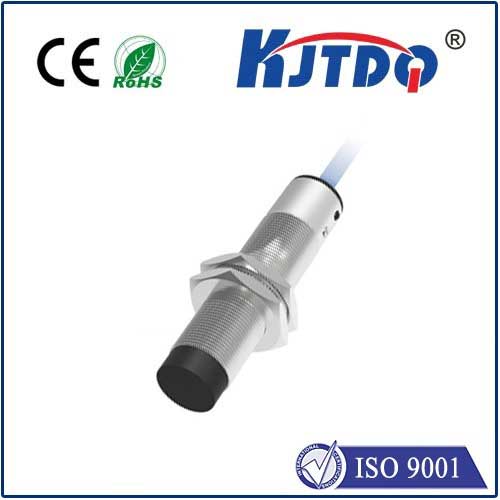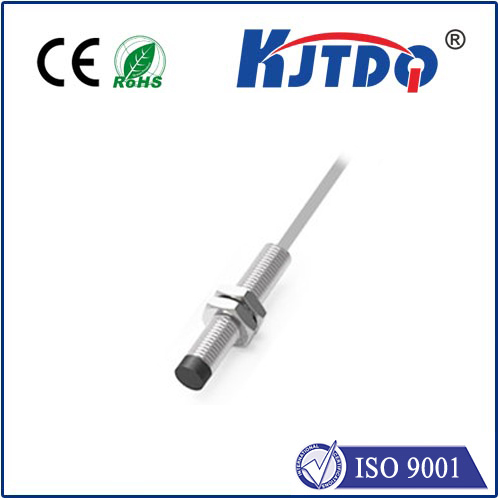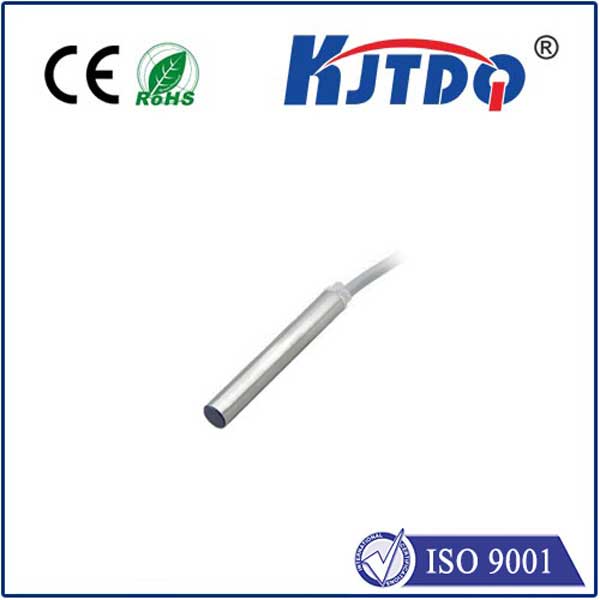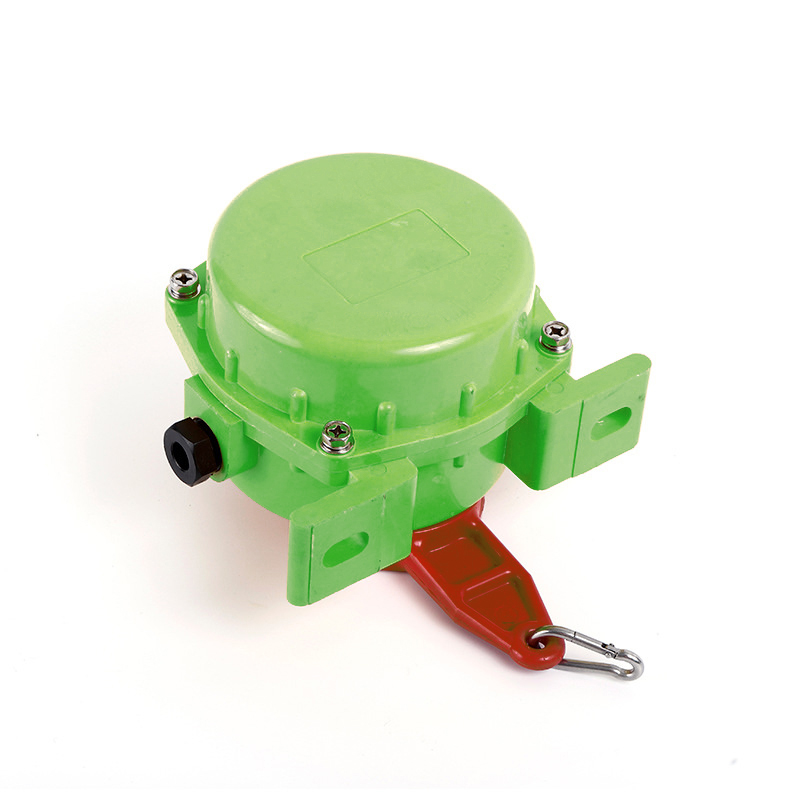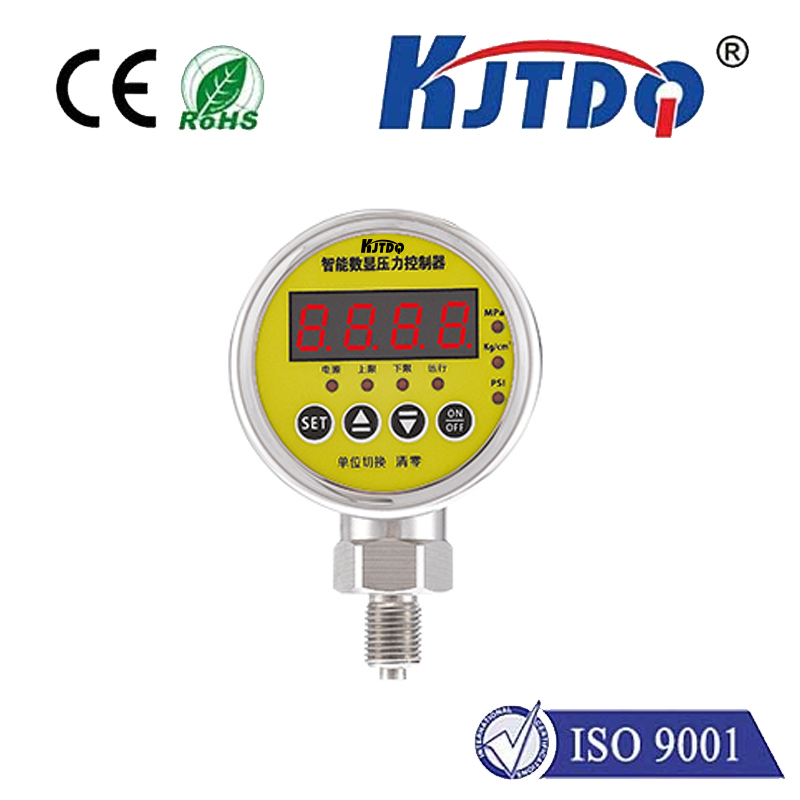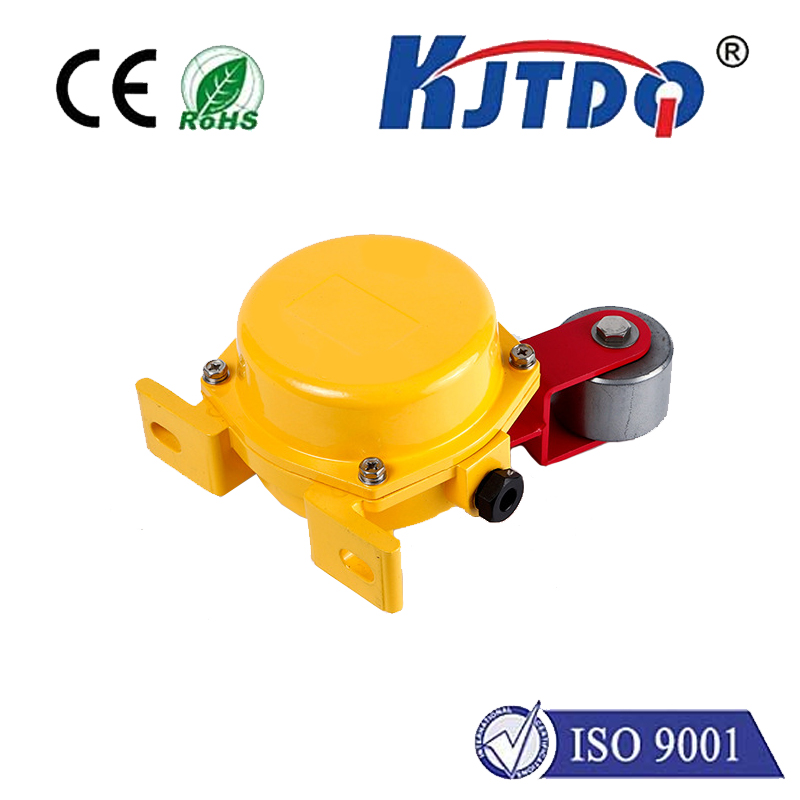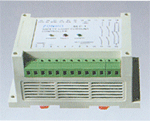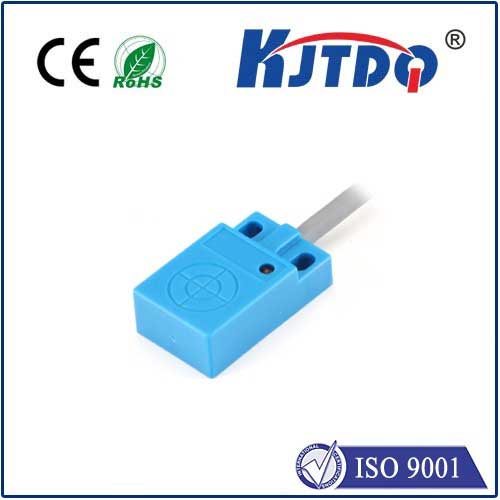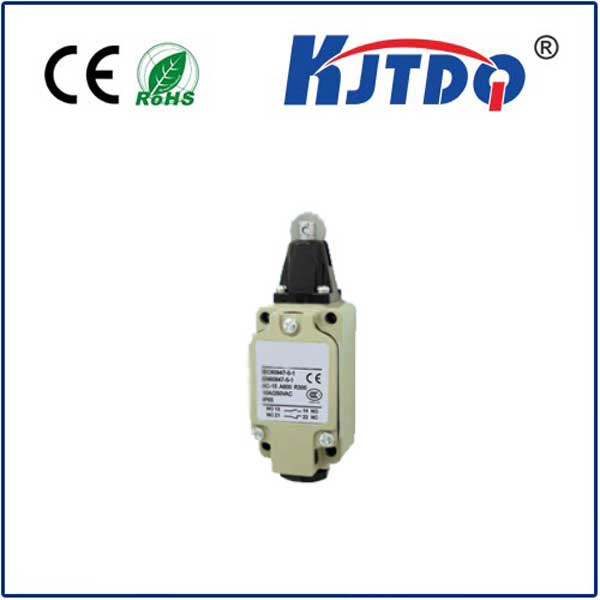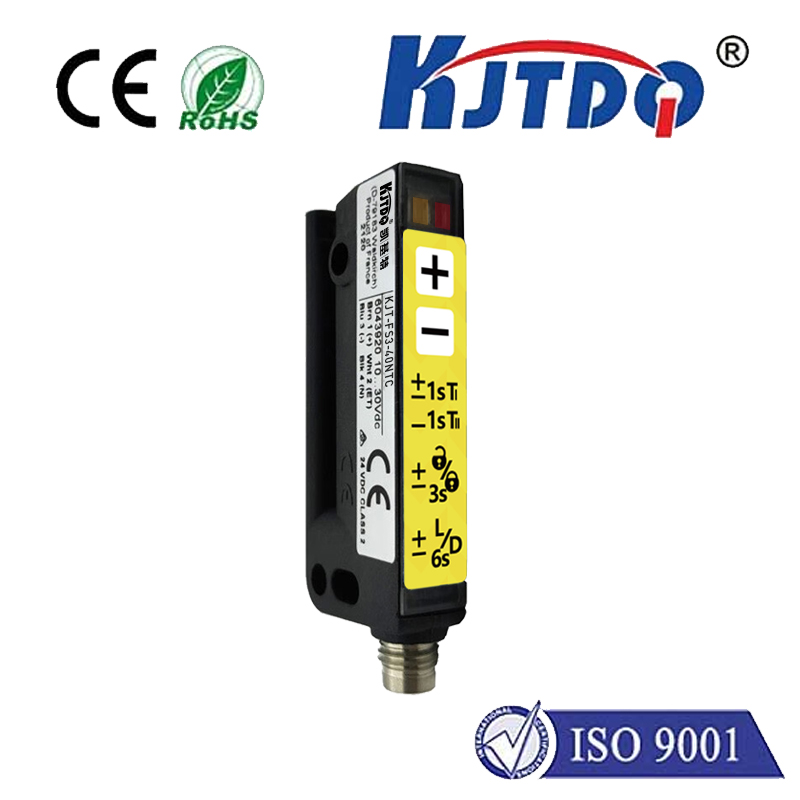
check

check

check

check

The Innovative Technology of Reflective Photosensors” In the realm of technology, there are certain innovations that revolutionize the way we interact with the world around us. Among these groundbreaking inventions is the reflective photosensor. This device has been a game-changer in various industries due to its ability to detect physical parameters by analyzing the reflection of light. A reflective photosensor, also known as an optical sensor, consists of a light source and a photodetector. The light source emits infrared radiation, which is then reflected off the target object and detected by the photodetector. The level of detected radiation corresponds to the distance between the sensor and the object. This principle allows reflective photosensors to measure parameters such as proximity, speed, and size with remarkable accuracy. One major advantage of reflective photosensors is their non-contact nature. Unlike mechanical switches or other forms of sensors, they do not require physical contact with the target object, reducing wear and tear on both the sensor and the measured item. Additionally, they offer high sensitivity and fast response times, making them ideal for use in applications where precision and speed are crucial. Reflective photosensors find applications across various sectors, including制造业、汽车行业、航空航天、农业等。 In manufacturing, they are used for quality control, packaging, and automation purposes. In the automotive industry, they enable advanced safety features such as automatic braking, parking assist, and lane departure warning systems. In agriculture, they help monitor crop health and soil moisture levels, allowing farmers to make data-driven decisions for optimal growth conditions. Furthermore, reflective photosensors have gained popularity in robotics and artificial intelligence due to their ability to provide accurate spatial awareness. They enable robots to navigate their environment safely and perform tasks with precision, paving the way for innovations in areas such as healthcare, logistics, and entertainment. In conclusion, reflective photosensors have emerged as a transformative technology with widespread applications across different industries. Their non-contact nature, high sensitivity, and fast response times make them an invaluable tool for measuring physical parameters accurately and efficiently. As technology continues to advance, we can expect further innovations and expanded use cases for this remarkable invention.
